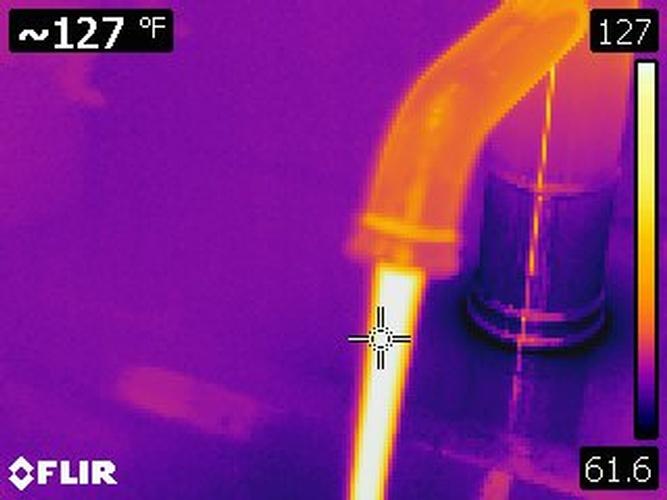Radon is a colorless, odorless gas that can seep into your home from the ground, posing a serious health risk. Radon inspection services are crucial for detecting and mitigating this dangerous gas. In this guide, we’ll cover everything you need to know about radon inspection services in Fort Washington MD, including why they’re important, how they work, and what to do if you find high levels of radon in your home.
Radon Inspection Service: What Is It?
Radon inspection is the process of testing your home for the presence of radon gas. This is typically done using specialized equipment that measures the levels of radon in the air. Radon is a radioactive gas that is released from the decay of uranium in the ground. It can seep into homes through cracks in the foundation, gaps around pipes, and other openings.
Why Is Radon Inspection Important?
Radon is the second leading cause of lung cancer after smoking, according to the Environmental Protection Agency (EPA). It is estimated to be responsible for about 21,000 lung cancer deaths each year in the United States. Because radon is odorless and invisible, the only way to know if your home has elevated levels of radon is to have it tested.
How Is Radon Inspection Done?
Radon inspection is typically done using either short-term or long-term testing methods. Short-term tests are usually conducted over a period of two to seven days and can provide a snapshot of the radon levels in your home. Long-term tests, on the other hand, are conducted over a period of more than 90 days and provide a more accurate picture of the average radon levels in your home over time.
Radon Mitigation: What to Do If You Find High Levels of Radon
If your radon test results indicate that you have high levels of radon in your home, it’s important to take action to reduce those levels. This process is known as radon mitigation. Radon mitigation techniques can vary depending on the construction of your home and the source of the radon. Common mitigation methods include sealing cracks in the foundation, improving ventilation, and installing a radon mitigation system.
Frequently Asked Questions (FAQs):
What are the symptoms of radon exposure?
Exposure to high levels of radon gas over time can increase your risk of developing lung cancer. However, radon exposure does not cause any immediate symptoms, so it’s important to have your home tested regularly.
How much does radon inspection cost?
The cost of radon inspection can vary depending on the size of your home and the type of testing method used. Short-term tests are typically less expensive than long-term tests.
Is radon inspection covered by insurance?
Some homeowners insurance policies may cover the cost of radon inspection and mitigation, but it’s best to check with your insurance provider to be sure.
How often should I test my home for radon?
The EPA recommends testing your home for radon at least every two years, or more often if you’ve recently made changes to your home’s foundation or ventilation system.
Can I test my home for radon myself?
Yes, you can purchase a radon testing kit from a hardware store or online and conduct the test yourself. However, for accurate results, it’s best to hire a professional radon inspector.
What should I do if my neighbor’s home has high levels of radon?
If your neighbor’s home has high levels of radon, it’s a good idea to have your own home tested as well, as radon levels can vary significantly from one home to another.
Conclusion:
Radon inspection services are an important part of maintaining a healthy home. By testing your home for radon regularly and taking action if high levels are detected, you can help protect yourself and your family from the dangers of radon exposure.






